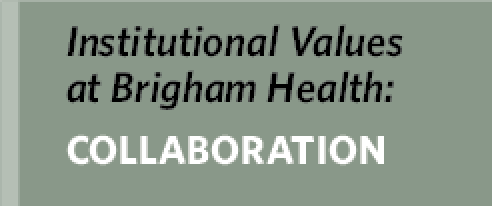Cleaner Restrooms with the Push of a Button

Peter Chai places a service-request button in an Emergency Department restroom.
Amazon’s Dash Buttons have made it easier than ever for its customers to instantly order items that need frequent replenishment, all with the push of a button. A pilot project at the Brigham has adapted the same technology to deliver that convenience and innovation in a health care environment, starting in an unexpected place: the hospital’s public restrooms.
Installed so far in 10 bathrooms throughout the main campus, the wireless devices contain a single button that anyone can press to notify Environmental Services that the restroom should be cleaned. About the size of a pack of gum, the buttons are mounted on a sign that provides brief instructions for use in English and Spanish.
One press sends a text message and email notification to the Environmental Services manager in that area. Once the restroom has been serviced, a quick double-tap enables the responding Environmental Services staff member to notify managers that the area has been cleaned. A long press indicates a manager has inspected the area.

Just a few weeks into the pilot, the technology is being tested in bathrooms in several high-traffic areas: the 75 Francis St. lobby, the Emergency Department, the Shapiro Cardiovascular Center, Tower 6 and the Center for Women and Newborns.
If successful, the buttons are expected to be installed in more restrooms across BWH and considered for other types of recurring requests, such as cleaning a patient room or refilling a hand sanitizer dispenser. The project is supported by the Brigham Digital Innovation Hub (iHub) as part of the digital transformation of the hospital.
“There are a lot of simple, repetitive tasks that occur in a hospital that rely on human intervention,” said Peter Chai, MD, an emergency physician in the Division of Medical Toxicology and one of several collaborators on the project. “When you can just push a button that sets into a motion a series of events, it becomes much easier and faster to accomplish them, leading to a better experience for patients and employees.”
Making Services More Accessible
The project is a collaboration between Chai, whose research focuses on technology in health care, and staff from iHub and Environmental Services. While iHub provided logistical and technical support to get the pilot started, Environmental Services weighed in on what workflows would best meet their needs.

An earlier project, Restroom Alert, required someone to take out their smartphone and text a five-digit number with a unique code identifying which bathroom needed attention. The user also had to include the exact nature of the request in the text message. While the system achieves the same outcome as the button, the newer approach demands far fewer actions from the user, said Mark Zhang, DO, MMSc, medical director of Digital Health Implementation.
“Technology should always be about making our lives easier and lowering the barriers to get access,” Zhang said. “These buttons offer the lowest barrier for sending an alert. Users can effect change quickly, and it helps us build a better experience at the Brigham.”
In addition, the team hopes that data from the buttons can help identify trends – such as which restrooms have more frequent requests – that will help Environmental Services operate more efficiently.
“We strive to provide the best service, and this new technology prompts us to provide quick service and keep areas clean all the time,” said Labina Shrestha, an education specialist in Environmental Services who trained staff on the new process. “The response time to clean the common bathrooms is now just a push button away.”

Leave a Reply